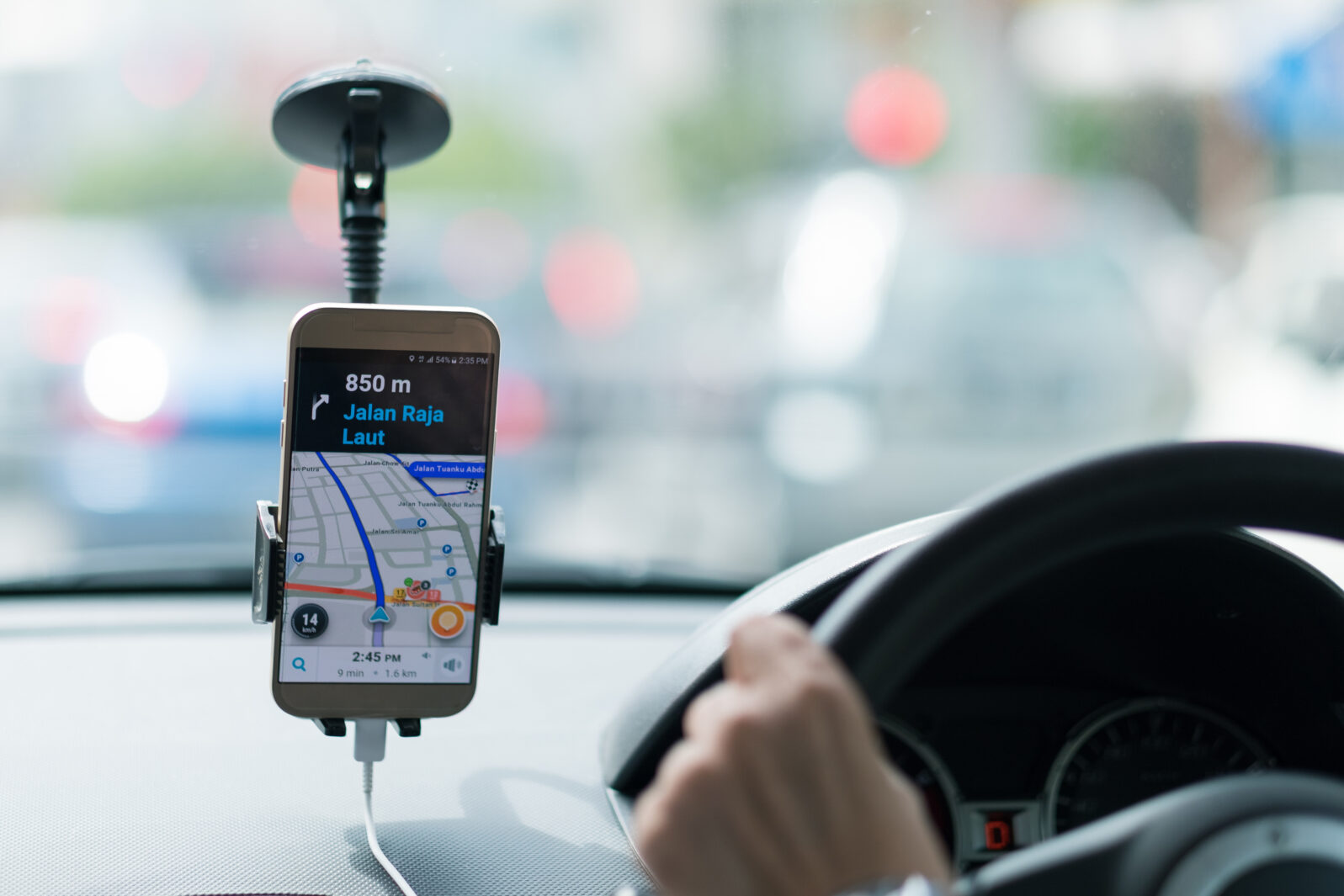Uber Achieves Profitability After Giving Up Self-Driving
The alternative taxi service has finally parted ways with its self-driving unitUber, the ride-hailing company, has been notorious for losing money. Since 2014, they have built up over thirty billion in operating losses. Just four years ago, analysts were saying that self-driving cars were the key to Uber’s future profitability. However, in December 2020, Uber finally gave up the dream and sold its self-driving unit to the startup self-driving company Aurora.
This eliminated one of Uber’s biggest cash-burns. The Advanced Technology Group, the name of Uber’s self-driving unit, was draining $500 million from the company each year. Overall, the company probably spent well over $2 billion on self-driving, which some of Uber’s early investors (such as Bill Gurley) think was ultimately wasted spending.
This last quarter Uber has finally been able to turn a profit, netting $394 million. The Uber CEO said that the results were a combination of growth in sales combined with enhanced cost discipline. It is unclear if the turnaround is sustainable, but not having a $500 million per year cash drain is certainly helpful.
As MindMatters has often noted, the key to self-driving success requires supporting infrastructure, not just vehicle technology. The wide-scale focus on vehicles alone has meant that the industry has incinerated billions searching for the holy grail of self-driving. While some companies have achieved limited success on specific roadways, the idea of a one-size-fits-all “self driving technology” is a philosophy project, not an engineering project.
Cruise and Waymo have both gotten further with their respective self-driving technologies, but they are both also hemorrhaging cash with little to no revenue to show for it at this stage. Additionally, San Francisco, the test bed for both companies, has generated a bit of opposition to the technology. The safety incidents have been relatively minor, but concerning, including driving into a construction site, driving into an active fire scene, and colliding with pets. This is especially concerning considering that the maximum allowed speed for these vehicles is 30 mph and they are only allowed to charge for their service at night when there are fewer pedestrians.
While the question of whether or not self-driving will ever be profitable is currently unknown, the fact is that leaving that dream behind is one of the key components that has helped Uber’s finances finally turn from red to black.
